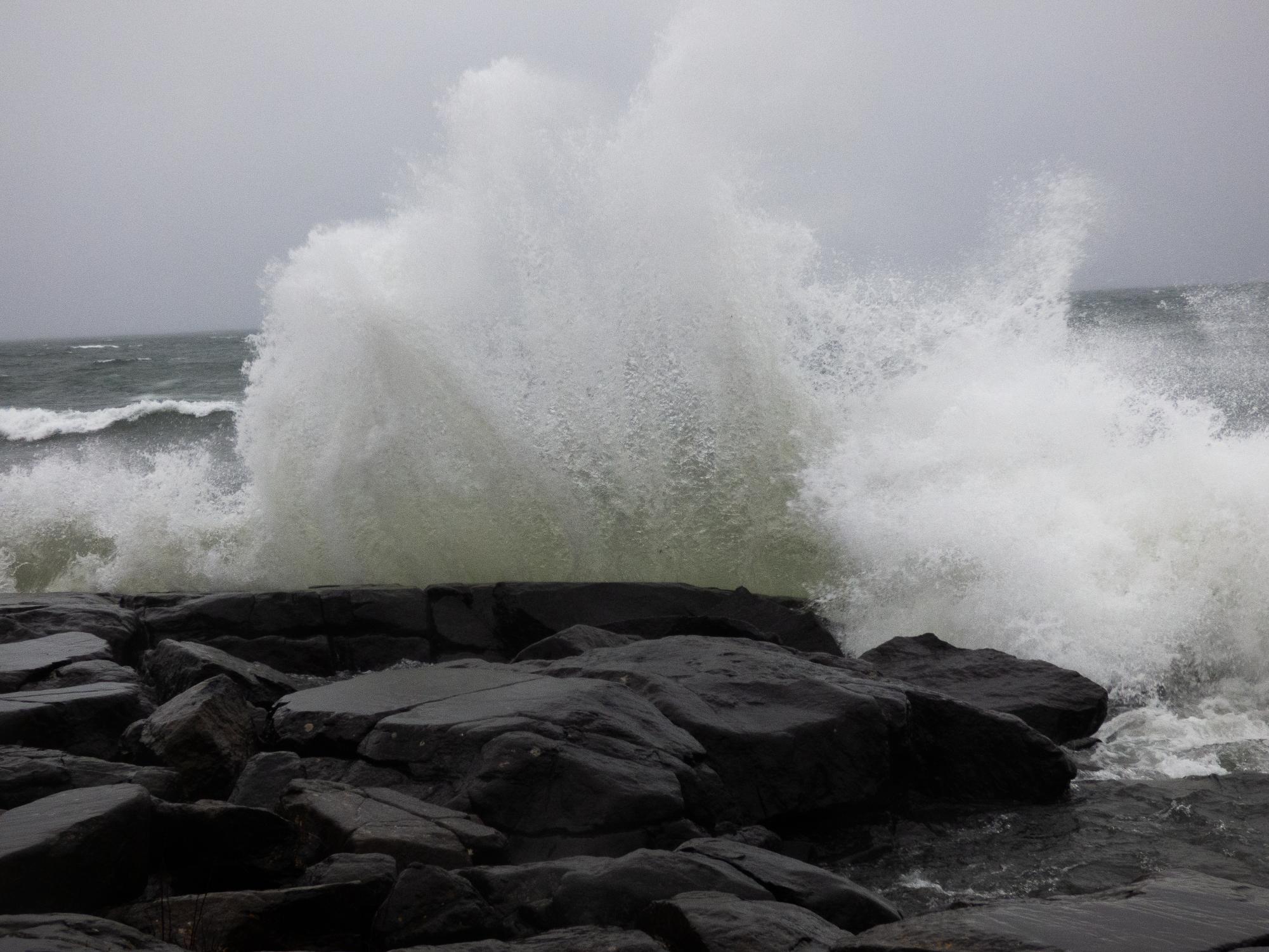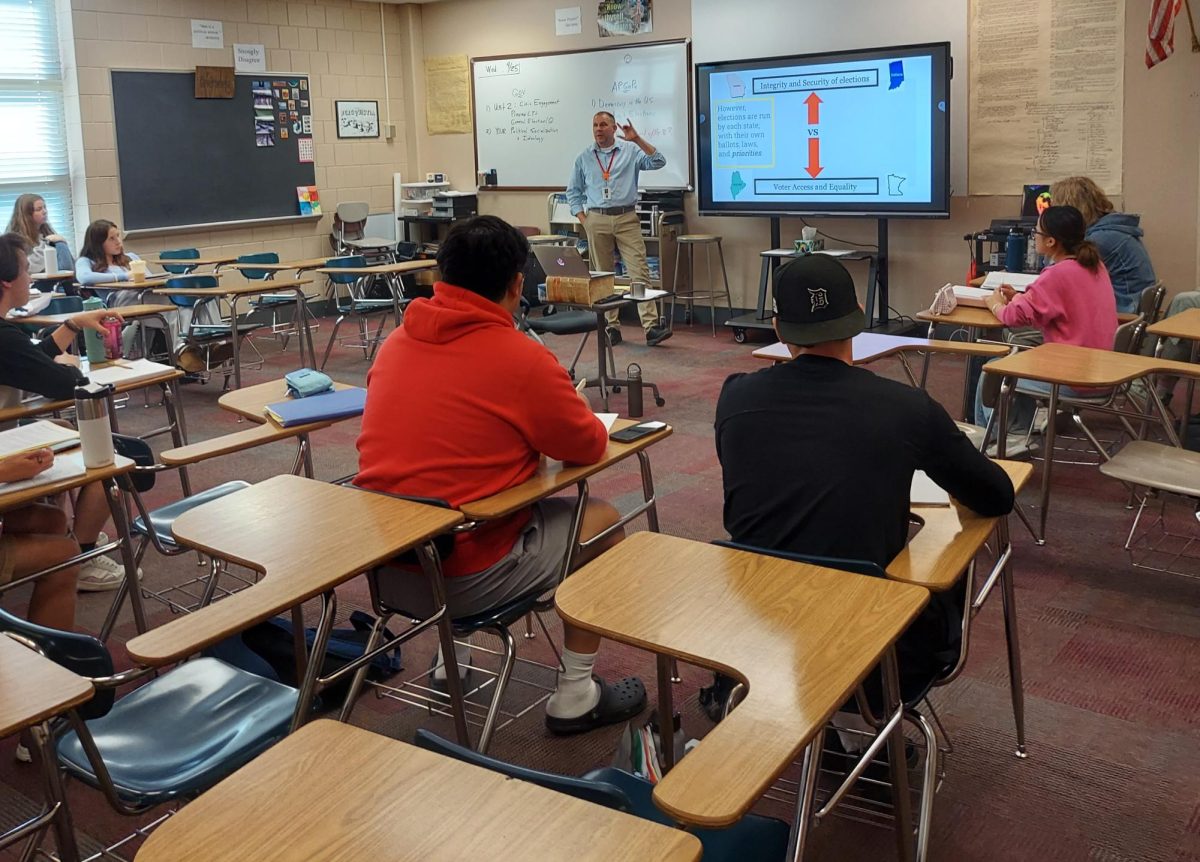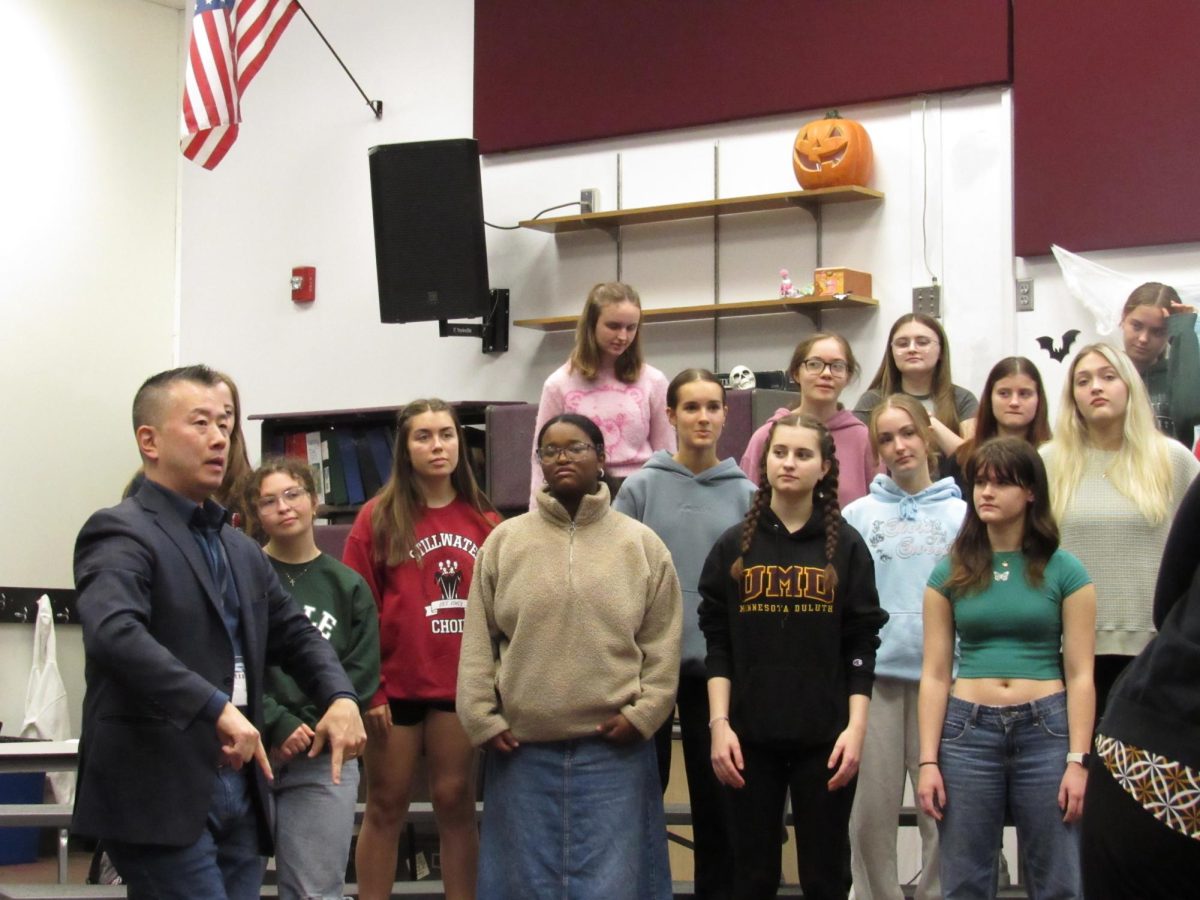At this point, it is clear that the Midwest is experiencing one of the warmest winters on record, leaving everyone dreaming of a white Christmas, and wondering why Mother Earth has switched to a year-round tropical mindset. Outdoor winter sports lovers get angrier by the minute, what environmentalists are calling a “super El Niño” is just getting started.
Every 2-8 years, a naturally occurring decline in trade winds causes warm water to shift east across the Pacific, temporally pausing the process of upwelling off the western coast of South America. Upwelling, which is when cold, mineral-rich deep ocean water comes up to the surface, is vital in maintaining the earth’s normal seasonal weather patterns. When the world experiences an El Niño year and upwelling stops, those “norms” get reversed.
“When it’s classified as a strong El Niño event, that is when we start to see greater impacts here, especially in Minnesota or the southeast United States as well,” Peter Stenross, AP Environmental Science teacher said.
The most significant effect that the midwest is experiencing as a result of this year’s El Niño is a huge lack of snowfall. Minnesota had the warmest Christmas on record, coming in at 52 degrees as a high and raining consistently throughout the day. Any chance of predicted snowfall was swept away with the rising temps and river water levels. Not only is this making winter look even more grey than usual, but it is also causing major frustration within the snow sports community.
Sophomore Eloise Powell, a member of the Nordic ski team explained how it is hard to stay motivated this season due to the rollercoaster ride of winter weather.
“I think just with the lack of snow it’s been really challenging to want to train, “Powell said.
The Midwest is not the only area of the country experiencing unusual weather due to El Niño. The West Coast is having major storms and huge amounts of flooding that are tearing through cities and leaving nothing but destruction behind. Oregon just got four feet of snow in areas where there would normally be an inch, and waves occurred in New Jersey that exceeded the previous by almost 10 feet.
“It could be in the top five, it could be in the top 10, and that is significant over the course of recorded Niño events,” Stenross explained. “We should expect to see greater weather events and greater impacts of those weather events.”
The last El Niño year was in 2018 when the midwest experienced the same lack of snowfall. Still, as the years go on there has also proven to be a trend in seasonal depression increasing significantly during these unusually grey winter months. This trend has become especially noticeable this winter, not only with individuals who would normally enjoy snow, but with anyone living in the Midwest.
Powell explained that the greyness that has come with this winter makes it hard to stay positive, but “some days are better than others,” and when the sun is out it “makes everything better.”
These more noticeable effects of this year’s El Niño winter stem from it being a “super El Niño” which is triggered by the Pacific Ocean being two degrees warmer than usual this time of year. There is debate among environmentalists whether this increase in temp and as a result, a stronger El Niño, has a connection to our current rate of Global Warming and the effects of climate change.
Ben Straka, an astronomy and biology teacher at the high school explained that he does not believe it can be scientifically proven if the strong El Niño has a connection to climate change, but there is still no question that the ocean as a whole is warming. “We know that the oceans are warming. Data supports that. But El Niño is driven by winds that form and currents that push that warm blob of air or warm blob of water away from us or towards us. So it is really about the positioning of where the warm water in the Pacific is.”
Whether this specific out-of-the-ordinary weather event is directly connected to climate change or not, the fact that the oceans are taking the hit for society’s negative effects on the Earth is undeniable. Unusually drastic weather patterns will keep getting worse the more that the world’s CO2 production is absorbed into the oceans while temps and acidity levels continue to rise. El Niño is a clear example of how the powerful chain effect of the earth truly impacts everyone.
So, as the world reflects on the environmental, physical, and mental negative changes of this winter, remember that the earth is not the only thing that can start a chain effect. One person being conscious of their CO2 production, plastic consumption, and overall impact can start a positive trend, so the trends of the climate can stop being negative.















Amelia Strong • Feb 6, 2024 at 9:06 am
This article caught my attention by how the picture and the headline was set up, it looked very intriguing. I liked how there was a lot of information about the climate change and how it is affecting all areas and how we need to change it. I liked how their quotes were what people actually thought from the ski team, and not just facts.
Tyson Blazer • Feb 6, 2024 at 7:59 am
This article caught my attention because climate change is real whether people want to admit it or not. I agree that temperatures are getting higher in the winter like this winter with lows being higher than last year’s temperatures. Overall the story was well written and is an issue that more people should take seriously. -Tyson Blazer